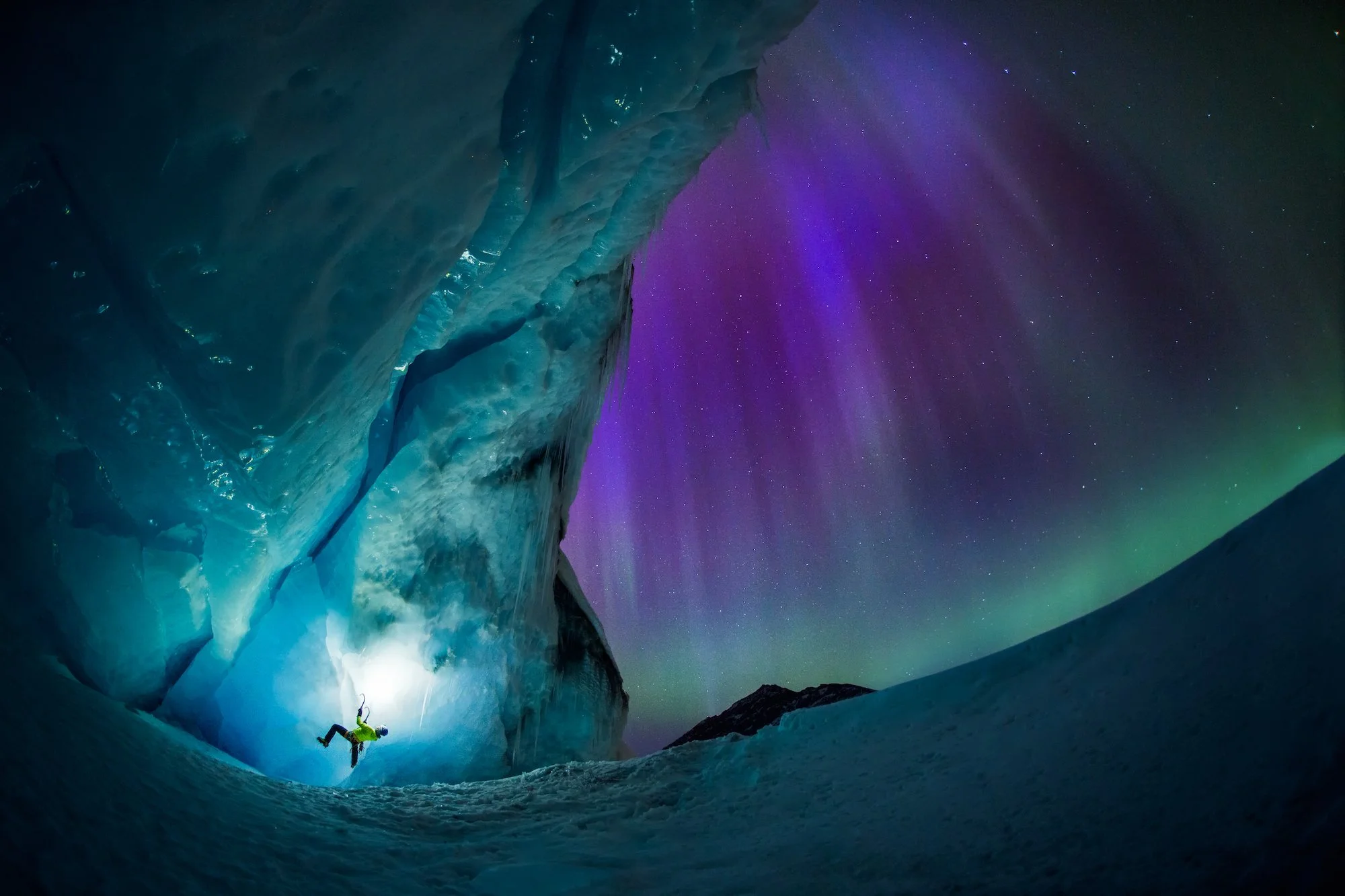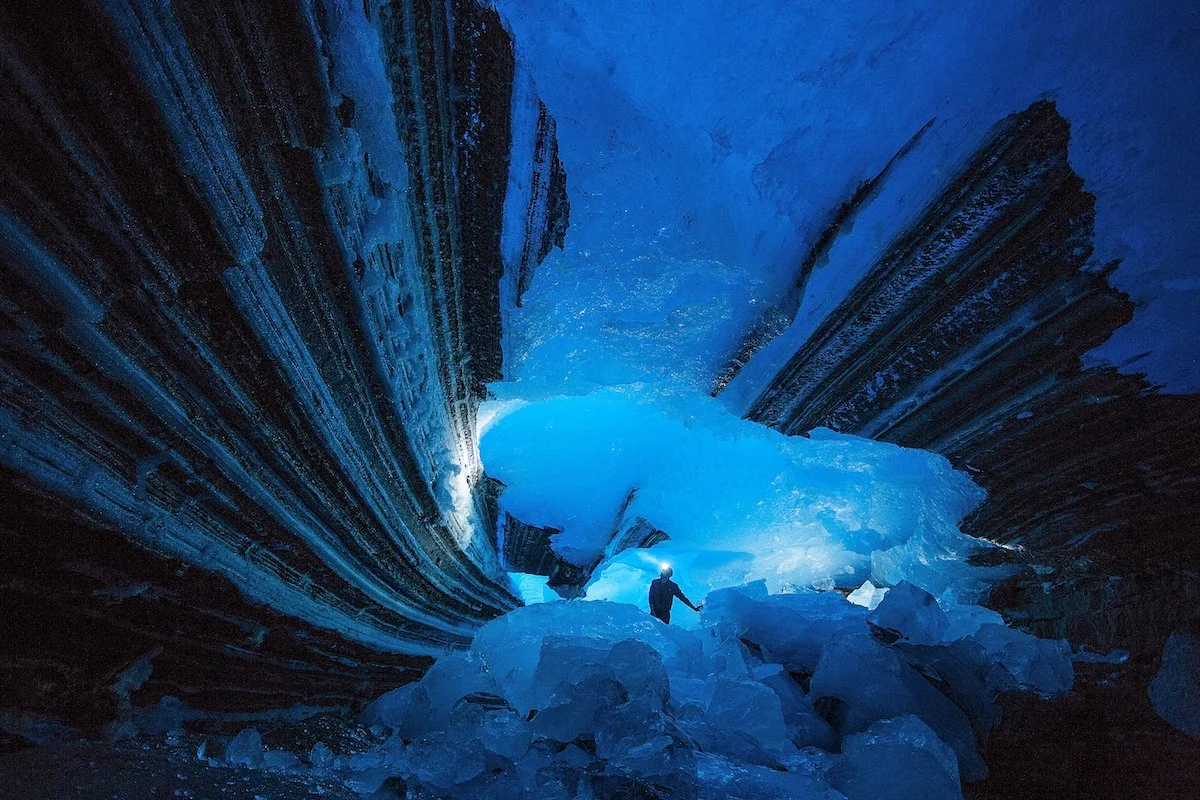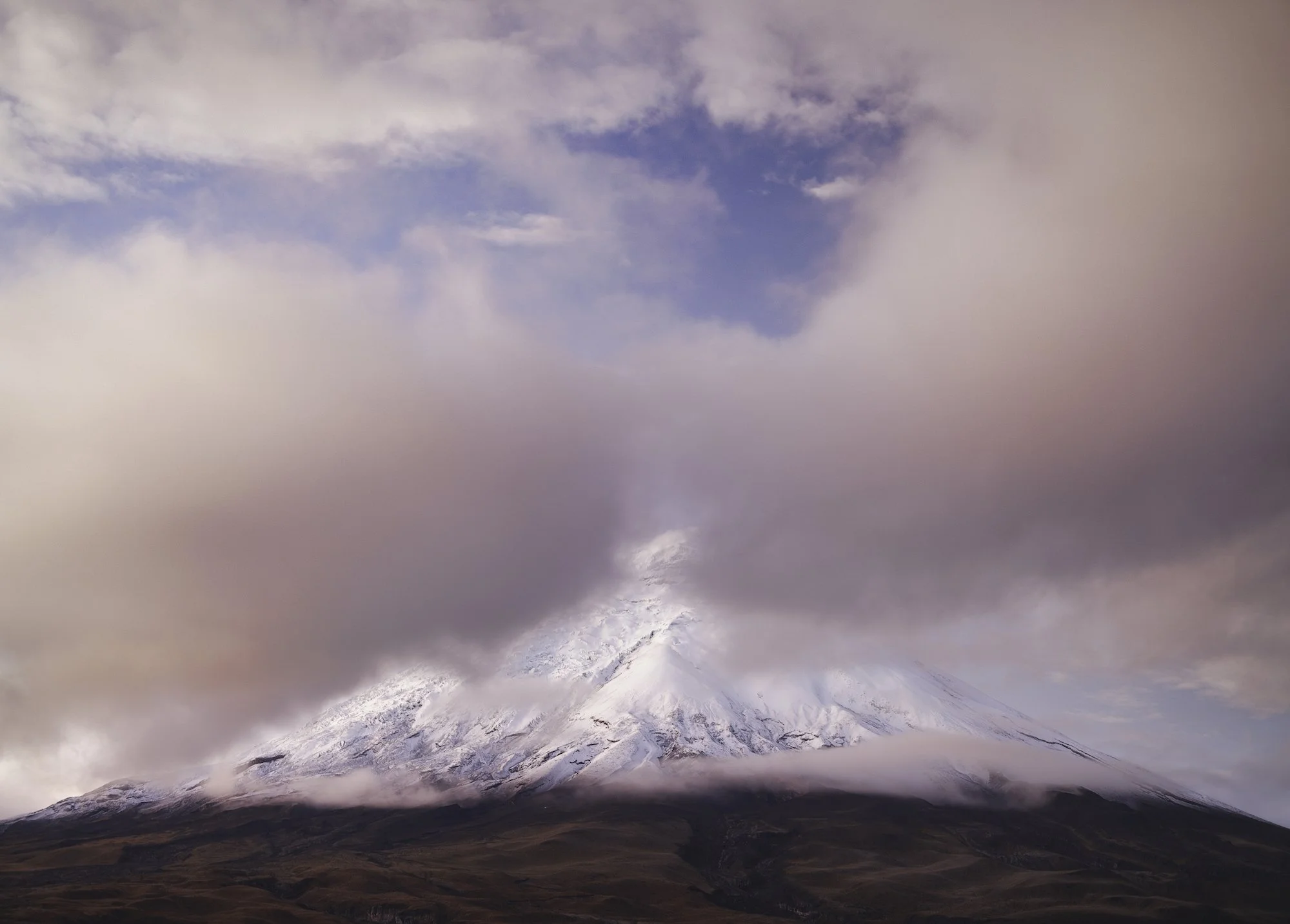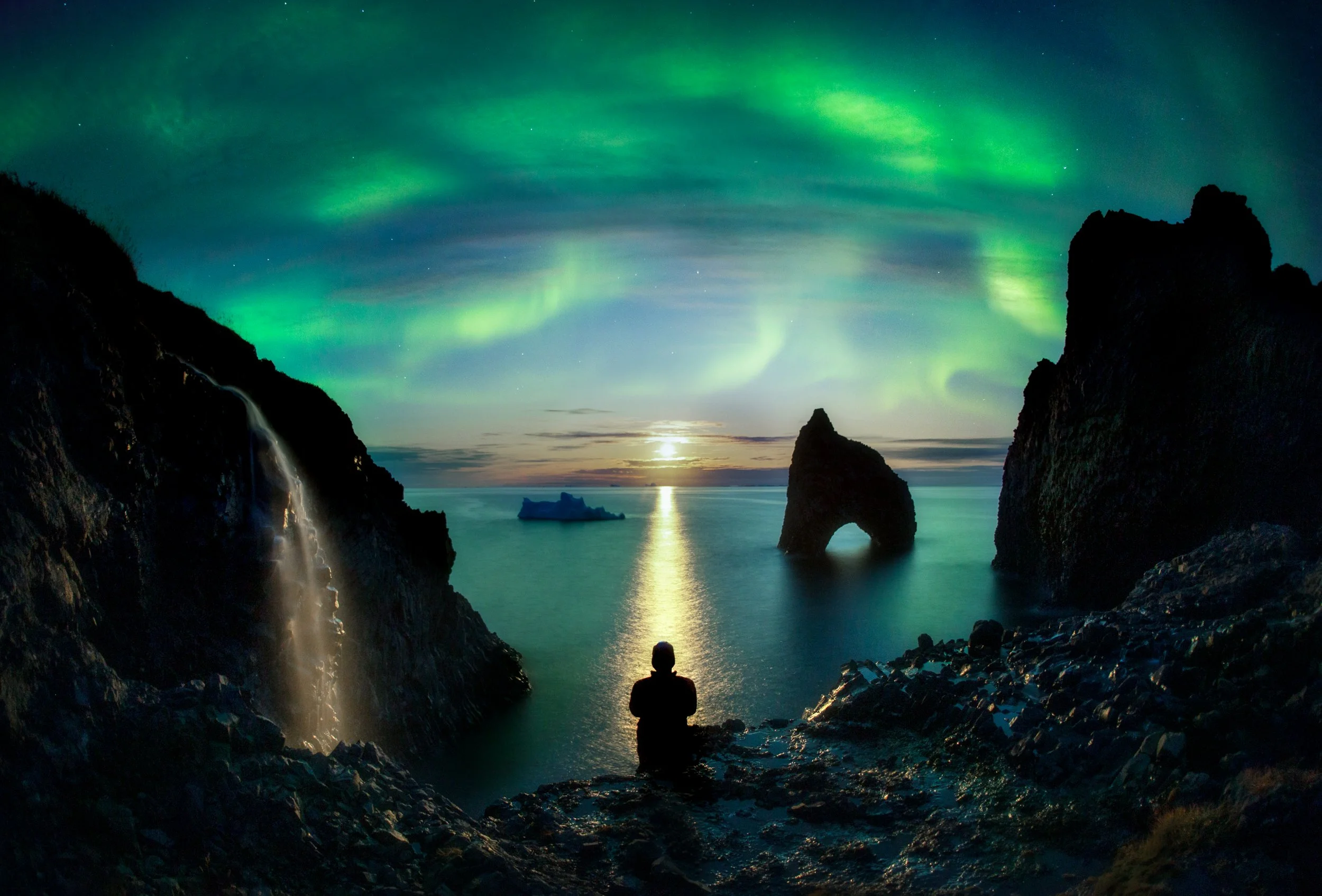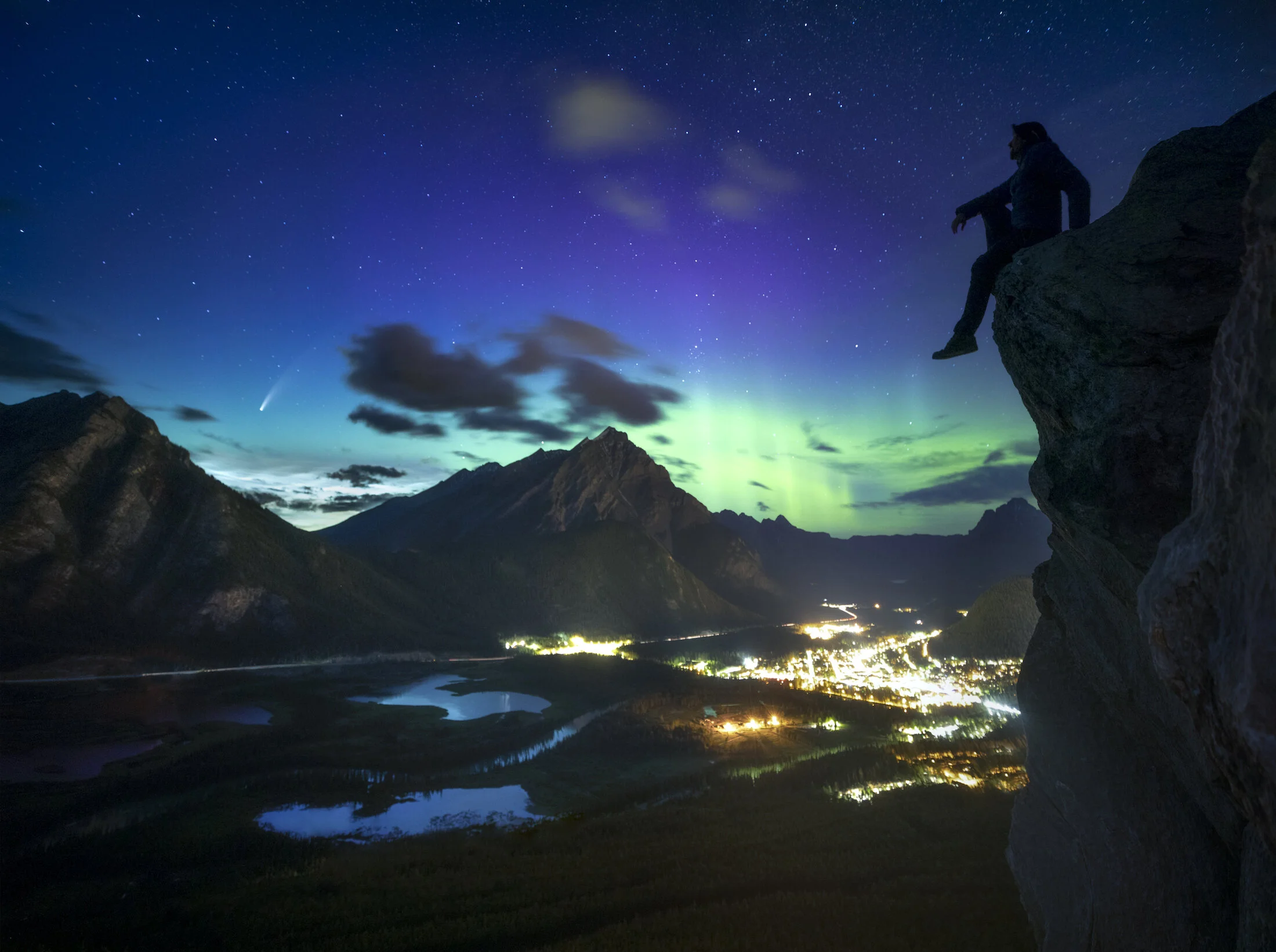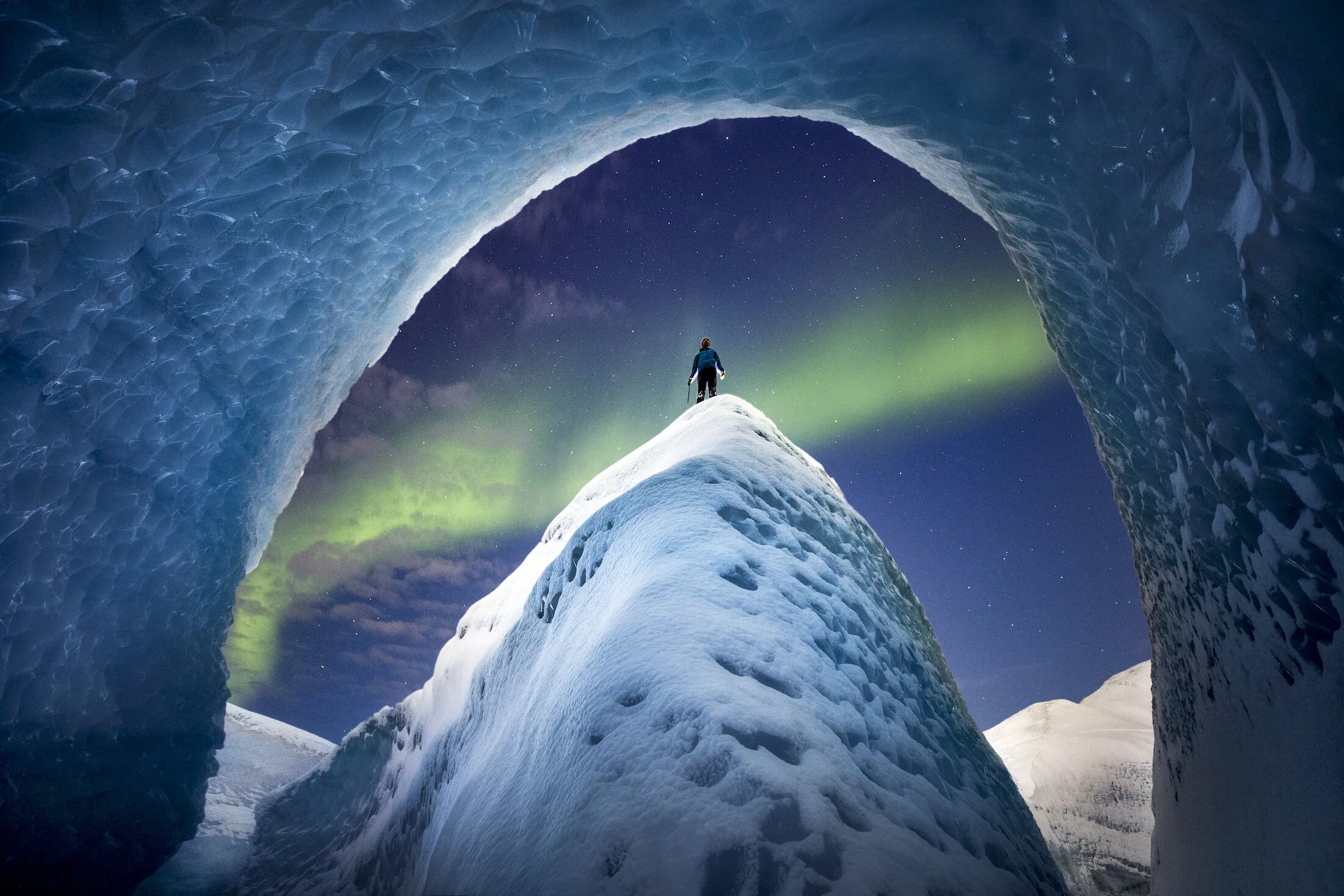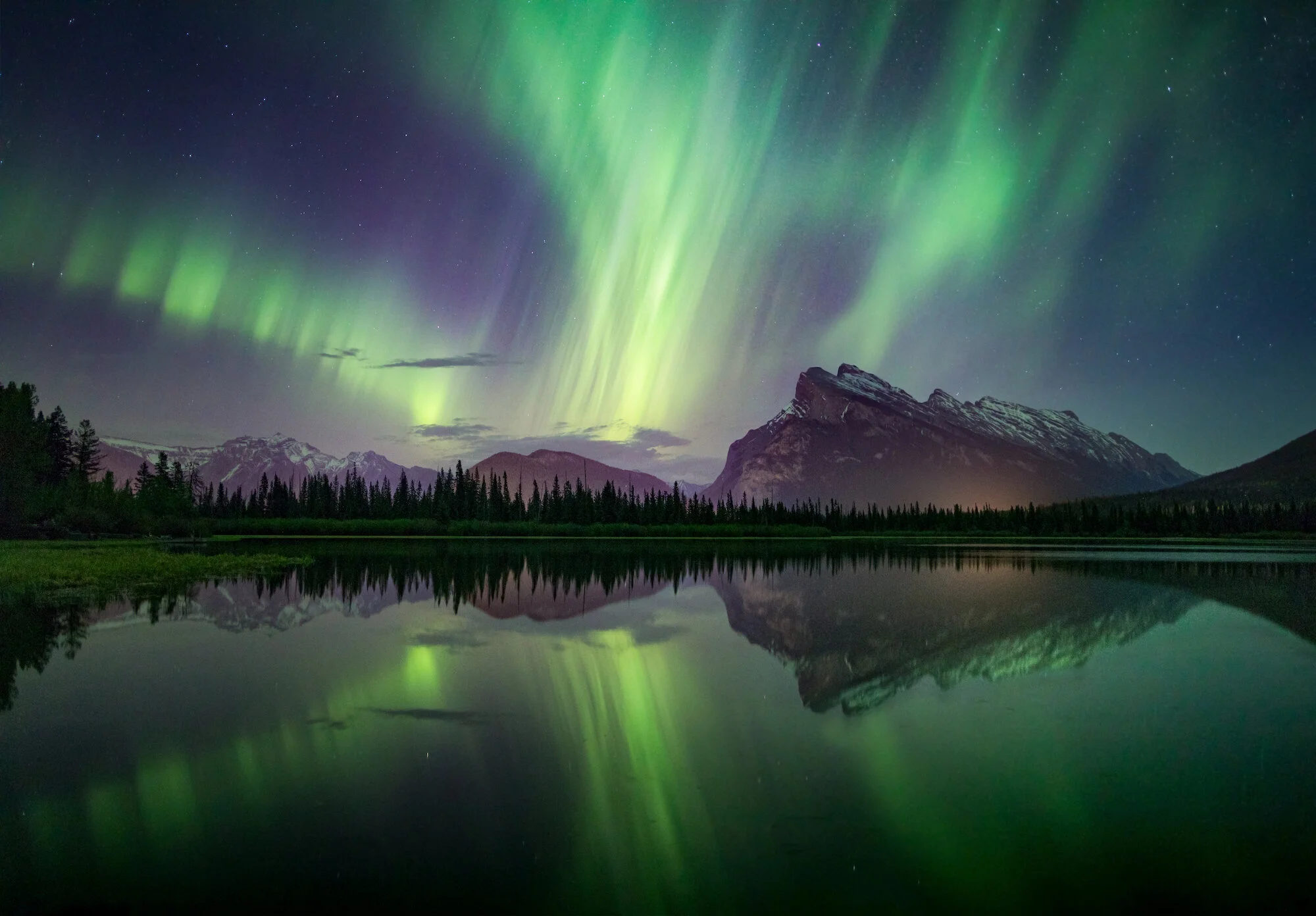In my mind, few natural phenomena match the magic or grandeur of the aurora borealis. I’ve been actively chasing this natural wonder, also known as the Northern Lights, for over a decade. Based on my experience chasing the lights, here are my top 5 tips for increasing your chances of viewing and/or photographing the northern lights.
NEOWISE in the Skies over Banff, Canada
It has been a once in a lifetime – more like millennia – event. The comet NEOWISE has been visible in the dark skies over my home town of Banff, Alberta, and it’s been a highlight of my career to photograph it. Knowing it’s such a rare event has added an exhilarating element to the creative task of capturing it, and to see it converge with such celestial wonders as the aurora borealis has been an unforgettable experience.
Behind the Image: Audience of One
This time around, play time meant finding ourselves camping on the Greenland ice sheet for three nights, about 50 kilometres away from the closest settlement, Kangerlussuaq. Our main purpose over those few days was to document supraglacial lakes, these surreal, turquoise bodies of water that have proliferated along the edge of the ice cap recently.
Photo Tips for Capturing the Northern Lights
I frequently get asked for tips on how to photograph the aurora borealis. Capturing the dancing lights is a fine science of checking the data, ensuring you have optimal conditions, knowing your gear, and being ready to wait... and wait... and wait. It takes patience to capture that green glow and come home with images you're happy with. Here are some of my best tips.
